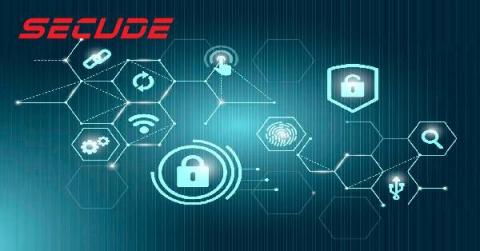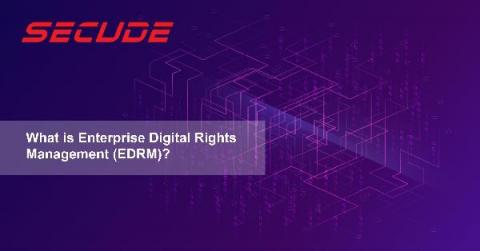The Colonial Pipeline Ransomware Attack: The Fallout and Its Implications
Cybercriminals use ransomware to block organizations from accessing their critical business data to extort ransoms. Data encryption protects data wherever it resides. The encrypted data becomes obsolete as encryption makes it difficult for the ransomware to detect it and attack. A good data backup & restoration strategy and a DRM solution are the key factors when companies want to respond to ransomware attacks. These allow companies to restore the data encrypted during the attack.




